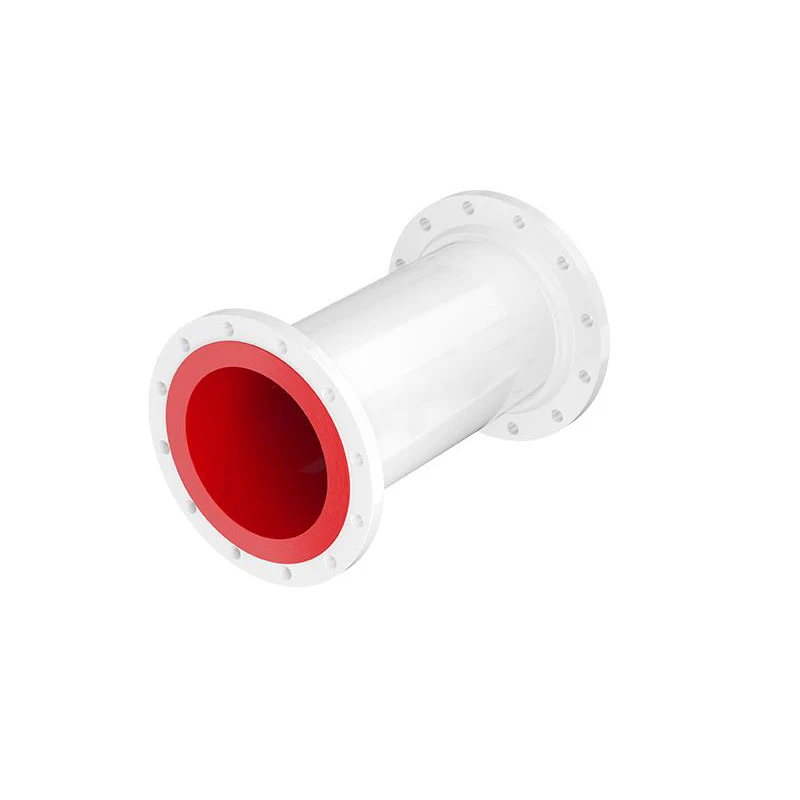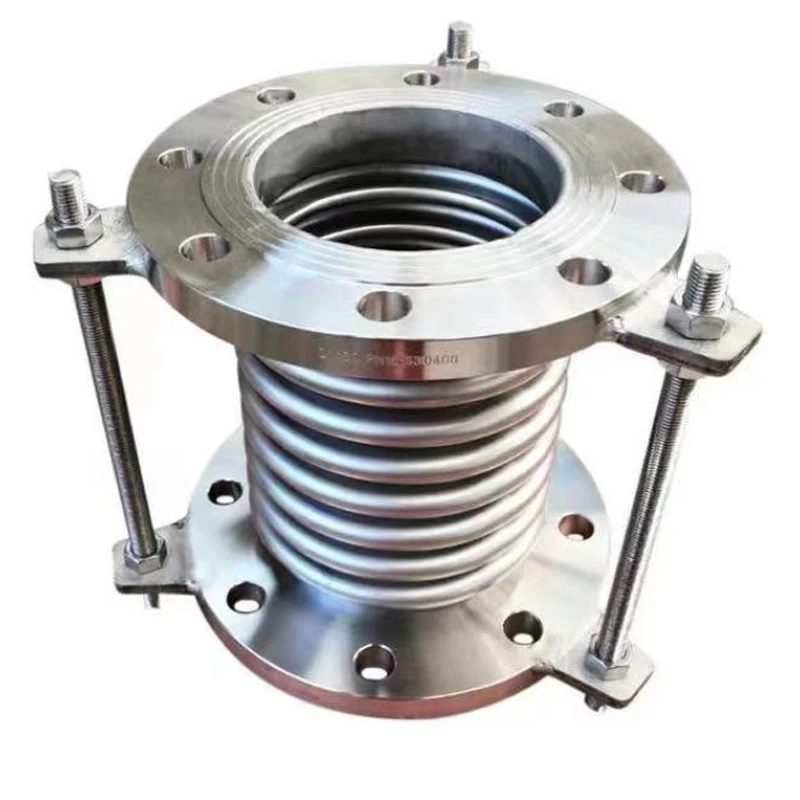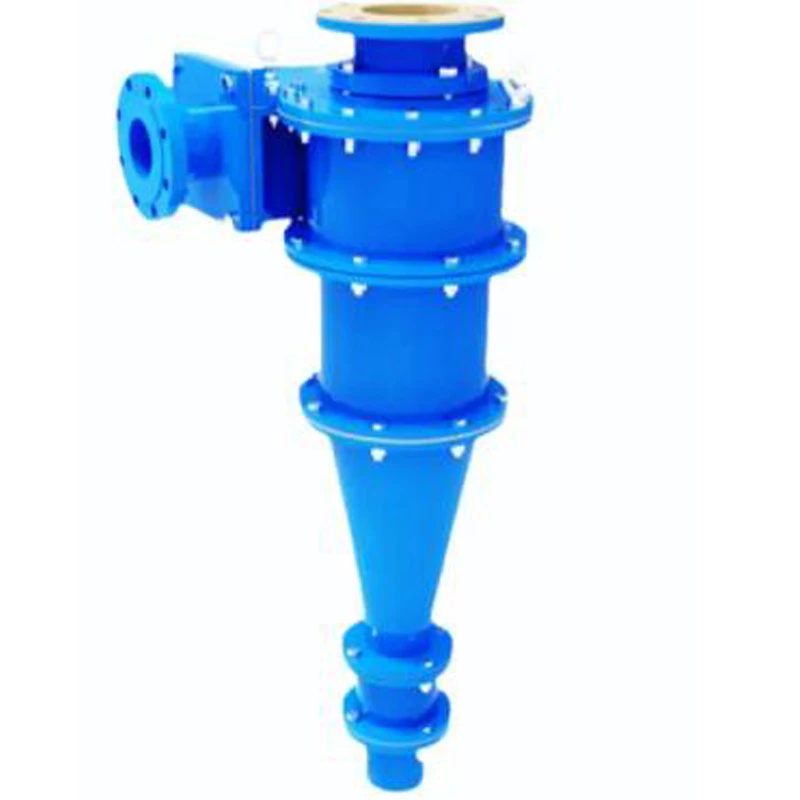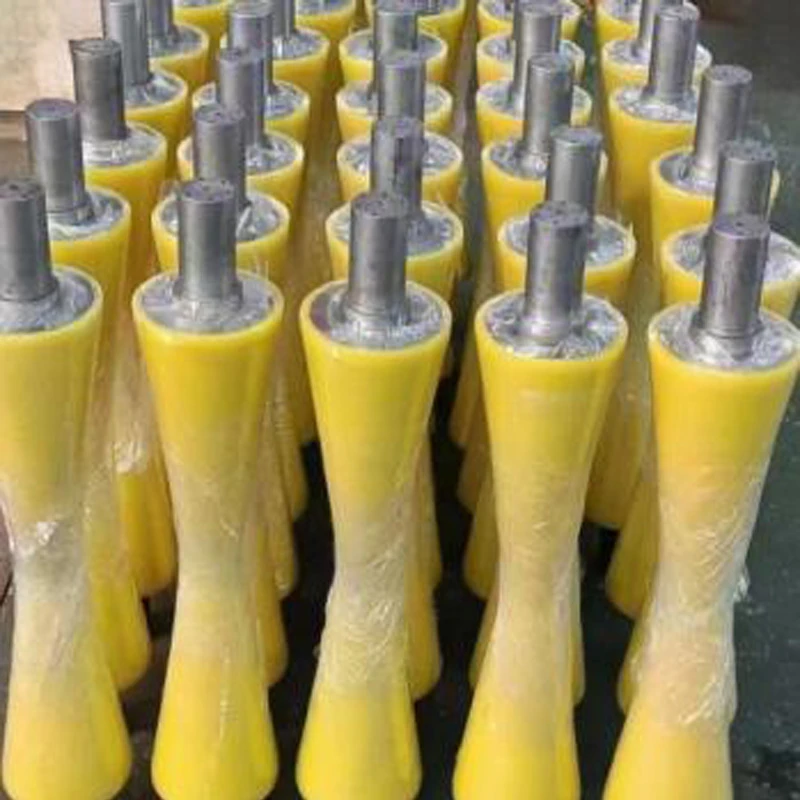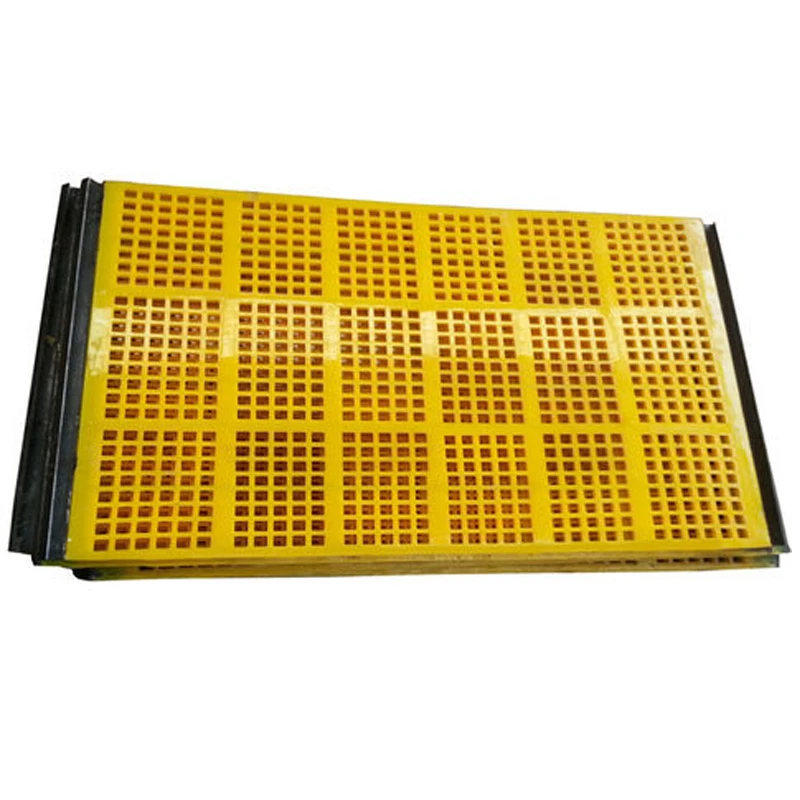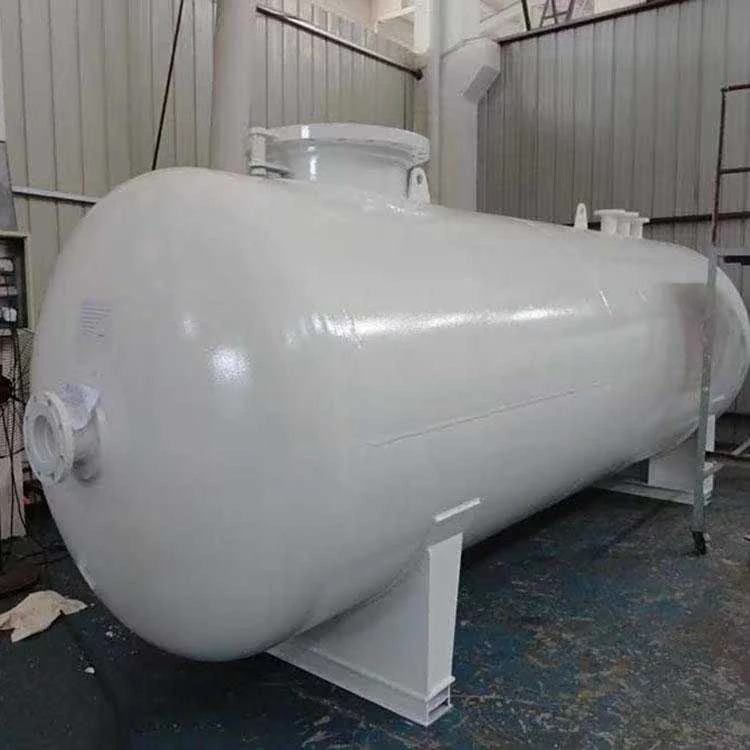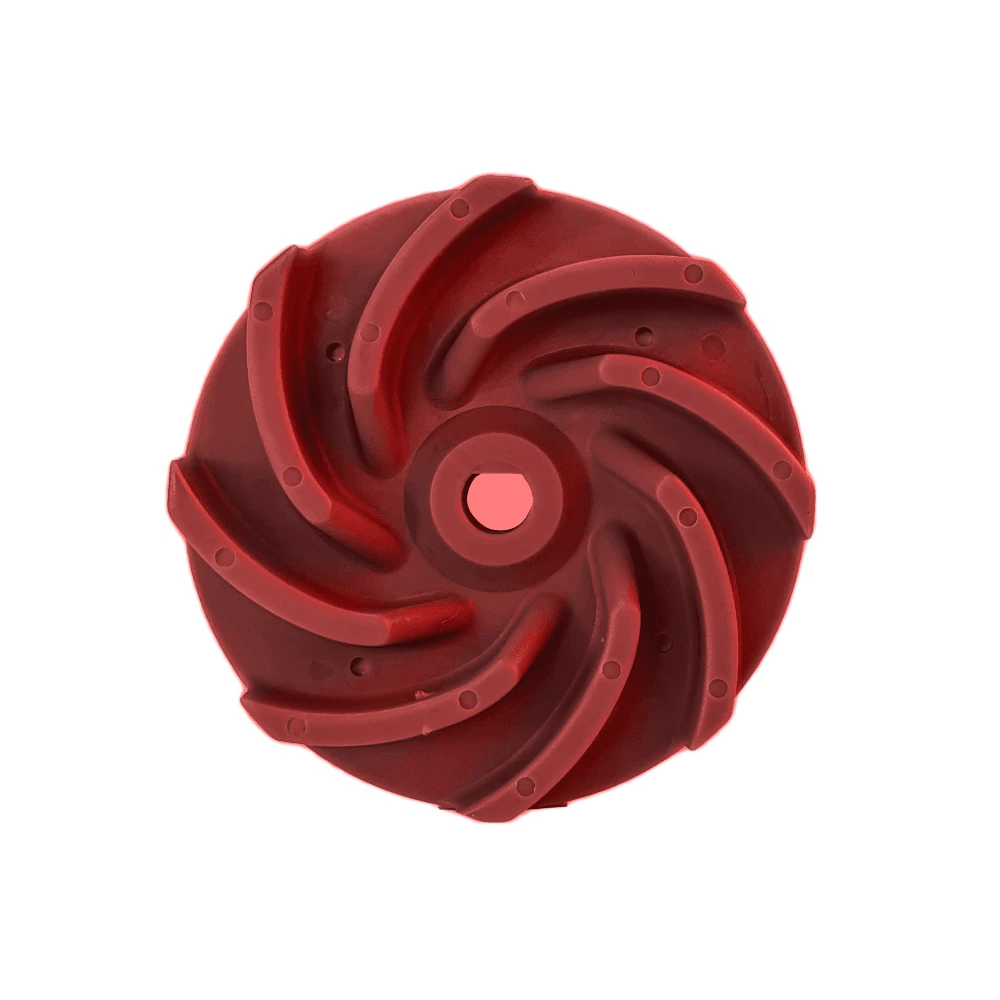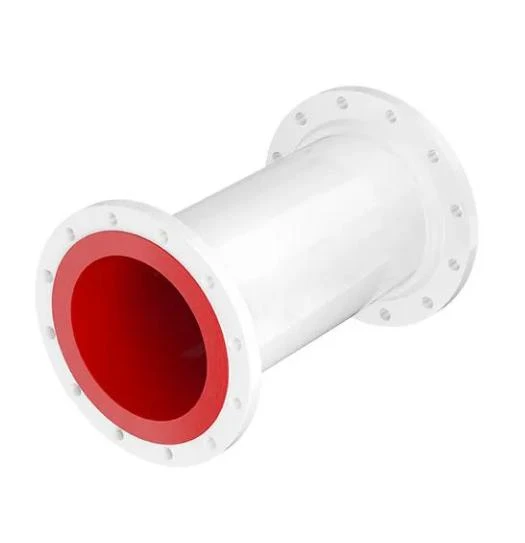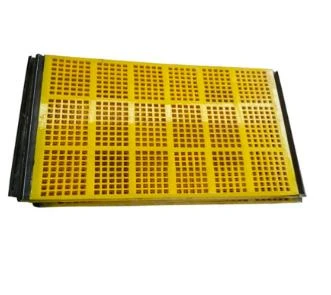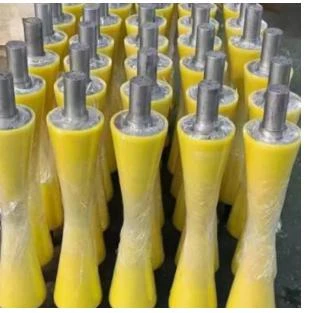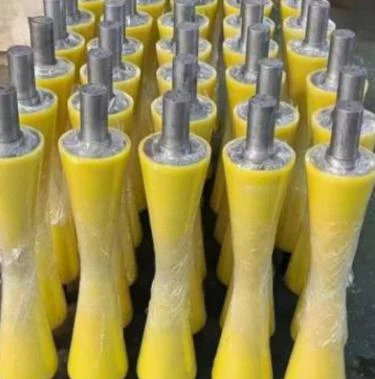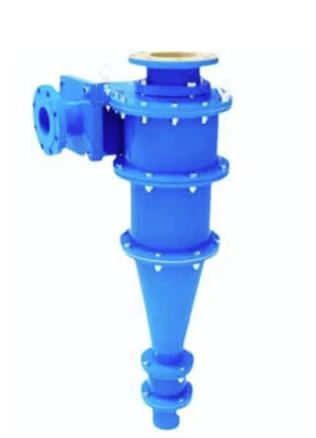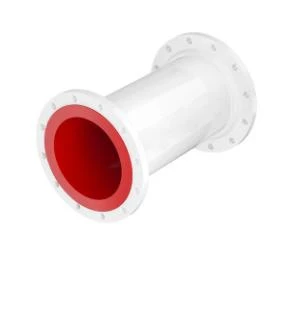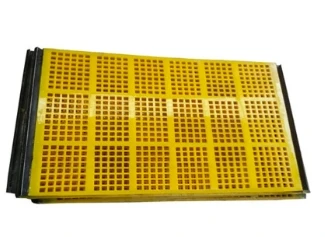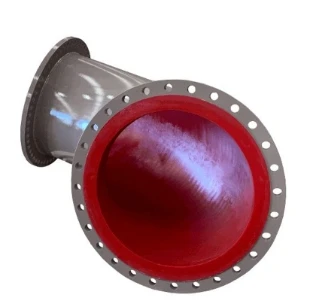Rubber Lined Tank Solutions | Corrosion-Resistant & Durable
As industrial processes demand advanced corrosion resistance and longevity, the Rubber Lined Tank emerges as a cornerstone in chemical, petrochemical, water treatment, and metallurgy sectors. This in-depth guide unveils industry trends, key technical parameters, manufacturing techniques, and offers authoritative comparisons, ensuring your selection of a Rubber Lined Tank meets exacting global standards.
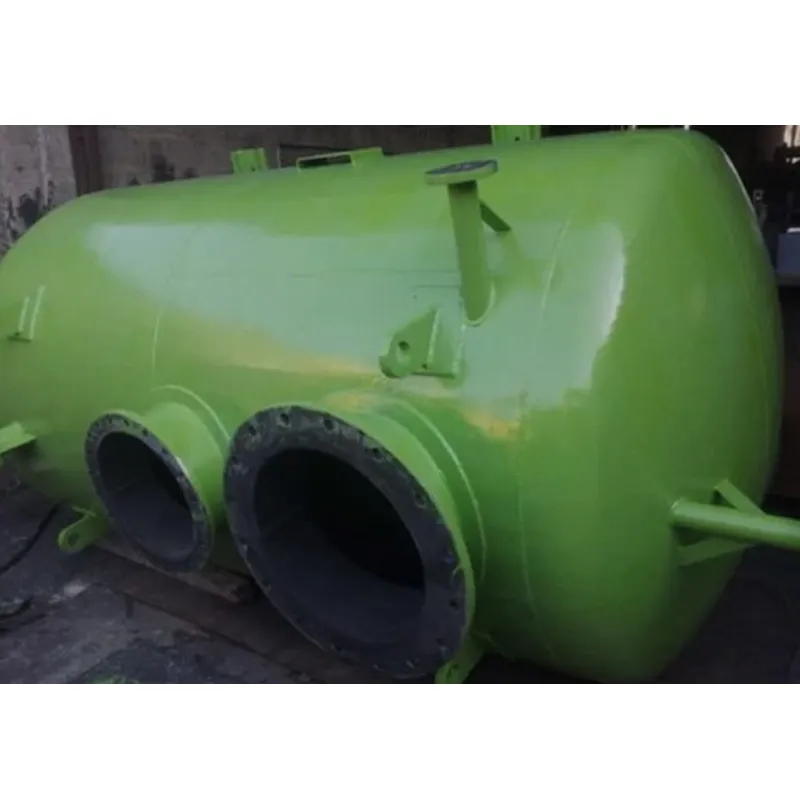
1. Industry Trends: Demand, Innovation & Compliance
- Rising Global Demand: By 2023, the global Rubber Lined Tank market reached USD 1.38 billion (MarketsandMarkets Report), forecasted to grow at a CAGR of 5.4% (2024-2030), driven by the boom in chemical and mining industries.
- Technological Evolution: Shift towards synthetic elastomer liners (e.g., Neoprene, Butyl Rubber) for enhanced durability under diverse chemical exposures.
- Regulatory Compliance: Stringent process safety per ISO 28017:2018, ASTM D4294, and FDA mandates has led to advanced QA/QC protocols.
- Customization: Increasing requests for custom geometries and composite linings to adapt to complex process conditions and optimize operational efficiency.
2. Rubber Lined Tank: Key Technical Parameters
| Parameter | Typical Value | Industry Standard | Notes |
|---|---|---|---|
| Tank Capacity | 5 – 200 m3 | ANSI/API 650 | Custom sizes available |
| Lining Thickness | 4–25 mm | ISO 28017:2018 | Depends on media & pressure |
| Lining Material | Natural Rubber, Neoprene, Chlorobutyl | FDA/ASTM D178 | Food & chemical grade options |
| Operating Temp. | -40°C ~ 120°C | Manufacturer Spec. | Customized formulation possible |
| Wall Material | SS304, SS316L, CS, Alloy | ASME/EN 14015 | Depends on site/process |
| Corrosion Resistance | > 98% in acids | ISO 4628-6 | Tested by immersion |
| Service Life | 10–25 years | Operational Data | With regular inspection |
| Quality Certification | ISO 9001, FDA, SGS | Global Standard | Third-party accredited |
- Chemical (37%)
- Water Treatment (23%)
- Mining & Metallurgy (19%)
- Pharma/Food (11%)
- Others (10%)
- Rubber Lined Tank
- FRP Tank
- Epoxy Coated Tank
*Data from Materials & Design Journal, Vol. 227 (2023)
3. Manufacturing Process of Rubber Lined Tank
Base Metal Preparation
Shot blasting, inspection
(CS, SS alloys) → Rubber Sheet Cutting
Precise CNC cutting
per CAD drawing → Liner Application
Adhesive coating, vulcanization or bonding → Curing & Vulcanization
Steam/Autoclave 60–110°C, 2–16h → QA/QC Test
Spark, vacuum, spark leak, hardness & adhesion → Final Assembly & Delivery
Surface finish, final fit-up, packaging
Shot blasting, inspection
(CS, SS alloys) → Rubber Sheet Cutting
Precise CNC cutting
per CAD drawing → Liner Application
Adhesive coating, vulcanization or bonding → Curing & Vulcanization
Steam/Autoclave 60–110°C, 2–16h → QA/QC Test
Spark, vacuum, spark leak, hardness & adhesion → Final Assembly & Delivery
Surface finish, final fit-up, packaging
- Raw Material: High-grade carbon or stainless steel (
ASTM A516,SS316L) is selected for shell; liner grades toASTM D2000for chemicals/food. - Key Technology: Hot bonding (steam-cured) ensures liner integrity, while cold bonding is used for field repair or very large tanks.
- QA Protocols: Spark testing at up to 20 kV per
ASTM D5162for pinhole inspection; thickness gauge ensures liner uniformity to ±0.2 mm. - Standards Compliance: All Rubber Lined Tank manufacturing is in accordance with ISO 9001, ANSI/API 650 and, where required, FDA or SGS third-party documentation.
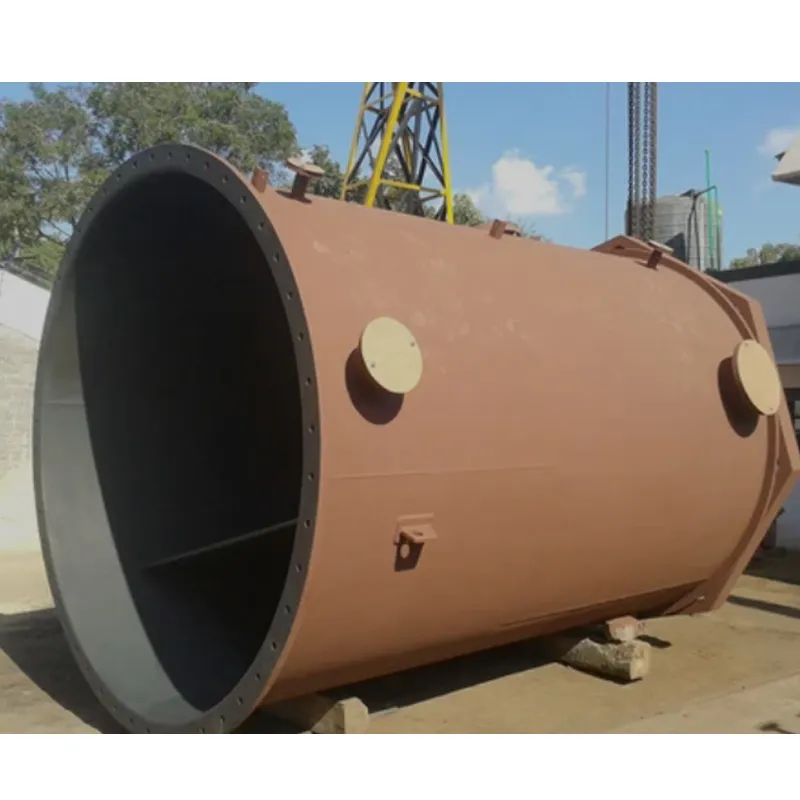
4. Application Scenarios: Why Choose a Rubber Lined Tank?
- Chemical Processing: Acid and alkali storage (e.g., H2SO4, HCl, NaOH) – liner demonstrates >99% resistance, prevents iron contamination, and prolongs tank life.
- Petrochemical: Hydrocarbon mixture blending and waste treatment; elastomer liner outperforms epoxy by 3x in abrasion tests (ScienceDirect).
- Mining & Metallurgy: Handling of ores/pregnant leach solution. Anti-scaling & non-stick liner extends cleaning intervals, reduces downtime by up to 47% annually.
- Water Treatment: Chlorine, desalination brine; FDA-certified food-safe liner for potable water, zero taste/odor transfer.
- Pharmaceutical & Food: All liner material FDA compliant (FDA); process sanitation ensured.
Case Study: In 2022, a leading EU chemical plant replaced FRP tanks with Rubber Lined Tanks for sulfuric acid storage, reporting zero leaks and halving liner maintenance costs after 18 months (ResearchGate: Corrosion Analysis, 2022).
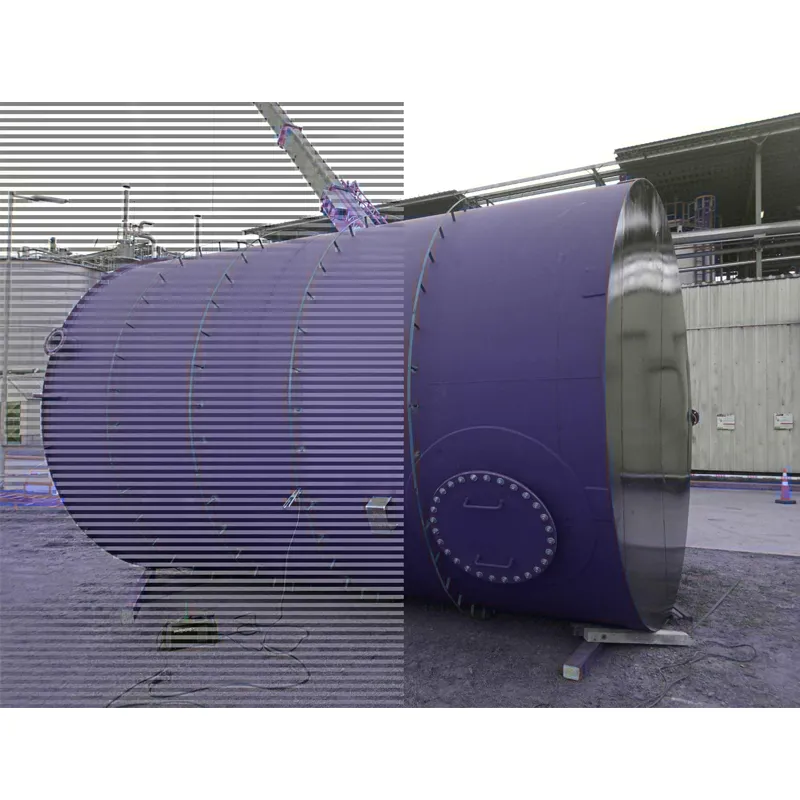
5. Technical Comparison: Rubber Lined vs FRP vs Epoxy Tanks
| Parameter | Rubber Lined Tank | FRP Tank | Epoxy Coated Tank | |
|---|---|---|---|---|
| Corrosion Resistance | Acids | ⭐ Excellent | Good | Good |
| Alkalis | ⭐ Excellent | Moderate | Poor | |
| Max Oper. Temp | °C | 120 | 90 | 70 |
| Liner Replaceability | - | Possible | Difficult | No |
| Impact/Abrasion | - | ⭐ Superior | Fair | Poor |
| Installation | - | On-site/Factory | On-site | Factory |
| Regulatory Cert. | - | ISO/FDA/SGS | UL/ISO | ISO |
6. Major Manufacturers: Capabilities Comparison
| Manufacturer | Year Founded | Main Liner Material | Capacity Range | Certifications | Export Regions |
|---|---|---|---|---|---|
| QiangWo Metal | 1998 | Natural, Neoprene, Butyl | 3–200 m3 | ISO, FDA, SGS | Europe, N. America, Mideast |
| Rubber Tank Tech Ltd. | 2009 | Neoprene, Ebonite | 10–100 m3 | ISO, API | Asia, Africa |
| CorroSafe Engineering | 2012 | Chlorobutyl, EPDM | 8–50 m3 | ISO, UL | SE Asia, Australia |
| Alloy Rubber Tanks Inc. | 2002 | Butyl, NBR | 5–80 m3 | ISO | N. America |
“QiangWo Metal” has over 25 years’ experience, offers design validation, after-sales tank relining, and is referenced in leading journals for acid tank reliability (View Product).
7. Customized Rubber Lined Tank Solutions
- Full CAD/FEA support: In-house design team provides finite element analysis for optimal tank geometry and seismic/pressure loads; submits shop drawings for approval.
- Material Selection: Tailored for chemical compatibility – NBR/Butyl for hydrocarbon, EPDM for high-temp steam, FDA natural rubber for food.
- On-site Lining & Repair: Mobile teams can reline old tanks with minimal shutdown; rapid vulcanization technology shortens downtime by up to 38%.
-
Testing: Post-fabrication, all tanks undergo hydrotest (per
EN 12266), spark test, vacuum hold, and detailed project dossier supplied for QA traceability. - Compliance Documents: Comprehensive As-Built record, liner batch certificates, and third-party inspection upon request.
8. Professional FAQ on Rubber Lined Tank
What materials are used for the liner and when are they chosen?
- Natural rubber (NR) for general acids, Neoprene (CR) for caustics, Butyl (IIR) for high solvent resistance, and Ebonite for abrasion – material selection is based on the customer’s chemical datasheet and operating temperature.
How is liner thickness determined?
- Typically 4–12 mm for moderate chemicals; up to 25 mm for severe wear or thermal cycles. Liner thickness is validated against
ISO 28017and project requirements. Which standards are applicable for design and manufacturing?
- Tank design follows
API 650(steel tanks),ASMEcodes for pressure, and liner compliance perISO,FDA, andASTM D178for rubber materials. What about installation and on-site repair?
- Factory or field lining available. Cold-bonding is suited for quick repair, while hot bonding/steam curing is the gold standard for new fabrication. All field teams are trained/certified.
How long does it take to produce and deliver a Rubber Lined Tank?
- Normal lead time is 30–50 days (shop build, 30–35 days for lining, 5–10 days for testing & documents), plus 5–25 days shipping/installation, depending on site.
What warranty and after-sales support is provided?
- Standard warranty is 12–24 months (extendable); includes liner relining, site inspection, and emergency leak response. Spare liner materials and adhesives are shipped with each contract.
Can I get documentation for export compliance?
- Yes, full QA certificate, test reports, liner batch/trace, export packaging, and pre-shipment inspection by SGS/BV are provided upon request.
9. Delivery Time & Warranty Commitment
- Standard Production Time: 30–50 days (varies with size/spec)
- On-site Installation: 5–12 days for teams up to 30T tank
- Warranty: 12–24 months, extendable on multi-year supply/maintenance contract
- Customer Support: 24/7 hotline, routine remote/onsite inspection, technical training for client team, spare parts hotline
10. References & Further Reading
- ScienceDirect: Rubber Lined Tanks in Industry
- Corrosionpedia: Definition and Standards for Rubber Lined Tanks
- ResearchGate: Corrosion Analysis in Acid Tank Linings (2022)
- Product & Technical Docs: Rubber Lined Tank (QiangWo Metal)
- Chemical Engineering Forums: User Experience Threads
- Materials Today: Rubber Lining Application Features
PREVIOUS:
This is the first article Product Recommendation
News Recommendation
Related Products
Our main products are polyurethane lined pipes, mining equipment fittings and metal hoses.




